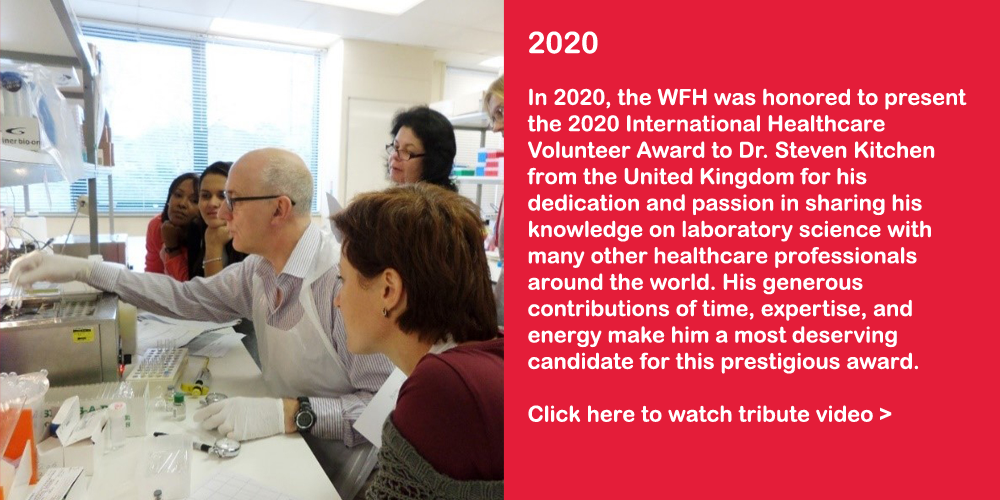GRADE is a well-established and rigorous method for evaluating evidence, considering factors such as study design, risk of bias, and publication bias. It offers a transparent process for developing recommendations based on evidence that is trustworthy. However, applying GRADE to the development of clinical practice guidelines in the context of rare diseases is more complex and may require specific adaptations. “Contrasting Approaches in the Implementation of GRADE Methodology in Guidelines for Haemophilia and von Willebrand Disease” looks at the flawed use of GRADE for the ISTH guidelines for treatment of hemophilia. The article was published by a team of 48 stakeholders in the field including hemophilia experts, researchers, physicians, patients, and patient advocates, representing a number of organizations worldwide, including AICE, AHAD-AP, AHCDC, ATHN, CLAHT, EHC, French CRH & MHEMO, HTCCNC, NBDF, PEDNET, UKHCDO and the World Federation of Hemophilia (WFH).
Here is a plain-language summary of “Contrasting Approaches in the Implementation of GRADE Methodology in Guidelines for Haemophilia and von Willebrand Disease”. To read the full version, please click here.
New guidelines for the management of hemophilia have recently been released by the ISTH, generating numerous reactions throughout the global community. These guidelines were developed by strictly applying the most rigorous approach of the methodology approach called GRADE, which only considers the results of so-called randomized clinical trials as valid. These studies compare the effectiveness of several treatments administered to patients, ideally selected randomly. However, such studies are very rare in hemophilia and often difficult to conduct due to the rarity and heterogeneity of the disease.
The strict application of GRADE has led the ISTH to develop guidelines proposing limited, conservative, and unambitious therapeutic principles for hemophilia which fail to consider newer treatment options.
This article highlights the missed opportunities by these ISTH guidelines. It presents a substantial number of arguments showing that adaptation of GRADE methodology could have been possible and valuable in this field. This approach should have included the plethora of scientific data available from registries and real-world studies. It should have also integrated the multiple patients-related outcome data, without overlooking the perspectives of experts familiar with these innovations. Such a scientifically validated use of GRADE, applied to other diseases, could have resulted in guidelines that reflect the true potential of new therapeutic options for hemophilia and, above all, meet the legitimate aspirations of an entire community.
To read “Contrasting Approaches in the Implementation of GRADE Methodology in Guidelines for Haemophilia and von Willebrand Disease”, click here. To read the WFH Guidelines for the Management of Hemophilia, 3rd edition, please click here.












